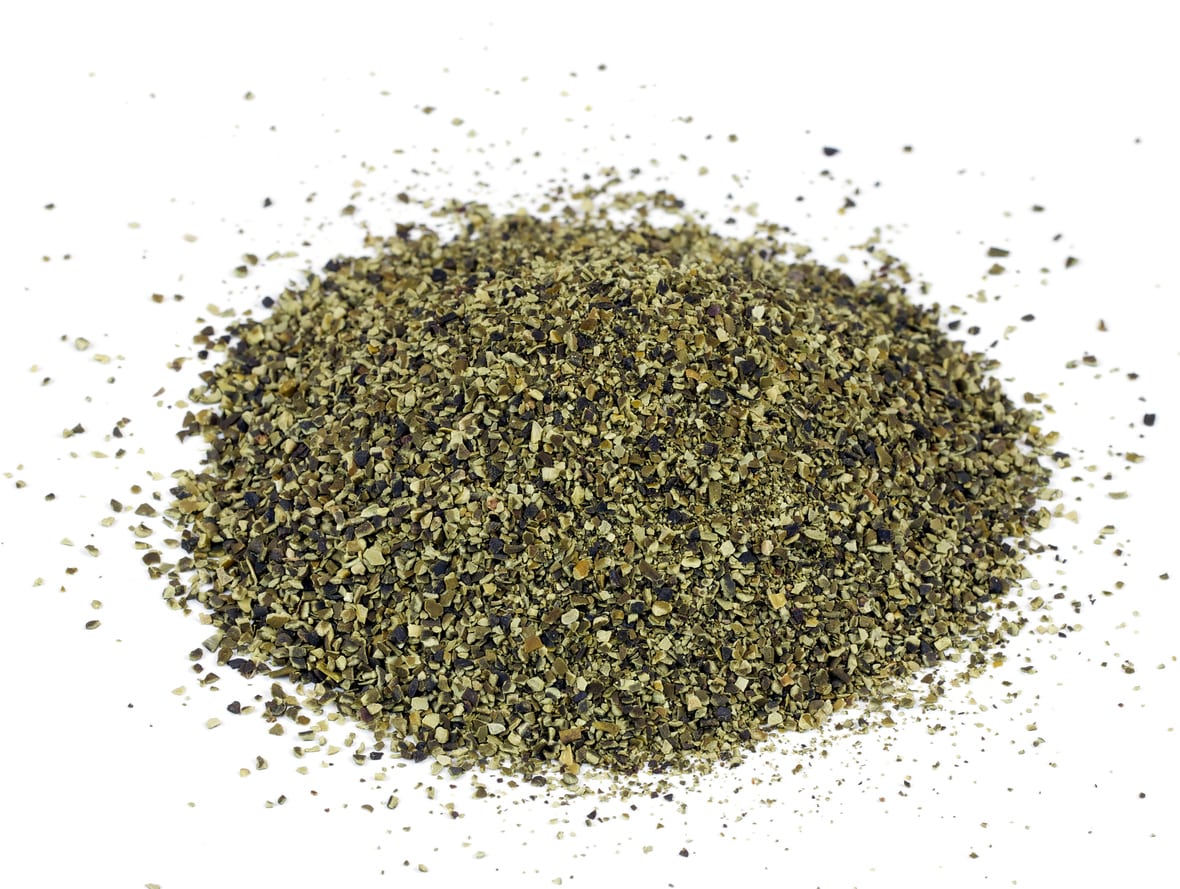Seaweed Fertilizer Benefits: Fertilizing With Seaweed In The Garden


Safe, all-natural garden products are a win-win for both plants and the environment. You don't have to use synthetic fertilizers to have gorgeous grass and bountiful begonias. Fertilizing with seaweed is a time honored tradition that may be centuries old. Those who came before us knew about seaweed fertilizer benefits and how easy it was to harness the nutrients and minerals in seaweed. Seaweed fertilizer doesn't fill all the nutritional needs of some plants, so continue reading to find out what it might lack and to which plants it is most suited.
About Seaweed Soil Amendments
Nobody knows who first started using seaweed in the garden, but the situation is easy to picture. One day a farmer was walking the nearby shores of his land and saw some large storm tossed kelp or other type of seaweed strewn across the beach. Knowing that this plant based material was abundant and would compost into soil, releasing nutrients, he took some home and the rest is history. Kelp is the most common ingredient in liquid seaweed fertilizer, as it is prodigious and easy to harvest, but different formulas may contain different oceanic plants. The plant can grow over 160 feet (49 m.) long and is widely available in many oceans. Fertilizing with seaweed provides plants with potassium, zinc, iron, magnesium, and nitrogen. Seaweed plant foods only provide trace amounts of the macro-nutrients, so most plants will also benefit from other N-P-K sources. Soil drenches, foliar feeds, and granular formulas are all ways of using seaweed fertilizers. The application method depends upon the plant and its nutrition requirements, as well as the preference of the gardener.
Using Seaweed Fertilizers
Seaweed fertilizer benefits can be harnessed in a number of ways. In the primitive days of its use, seaweed was likely harvested and brought to the field where it was worked into soil in its raw state and allowed to compost naturally. Modern methods either dry and crush the plant or basically "juice" it to reap the liquid nutrients. Either method lends itself to mixing with water and spraying or creating granules and powders that are directly mixed into soil. The results of use are increased crop yield, plant health, disease, and pest resistance, and a longer shelf life. Liquid seaweed fertilizer is probably the most common formula. They can be used as a soil drench weekly, mixed with water at 12 ounces per gallon (355 ml. per 3.75 liter). Foliar sprays are highly effective in boosting fruit and vegetable weight and production. The mixture varies by plant, but a concentrated formula mixed with 50 parts of water provides a nice light feed to almost any species. The formula is gentle enough to combine with compost tea, fish fertilizer, mycorrhizal fungi, or even molasses. Combined, any of these will provide maximum health benefits with organic safety. Seaweed soil amendments are simple to use and readily available with no chance of toxic build-up when used correctly. Try seaweed fertilizer on your crops and see if your veggies don't turn into prize winning specimens.
Gardening tips, videos, info and more delivered right to your inbox!
Sign up for the Gardening Know How newsletter today and receive a free copy of our e-book "How to Grow Delicious Tomatoes".

Bonnie Grant is a professional landscaper with a Certification in Urban Gardening. She has been gardening and writing for 15 years. A former professional chef, she has a passion for edible landscaping.